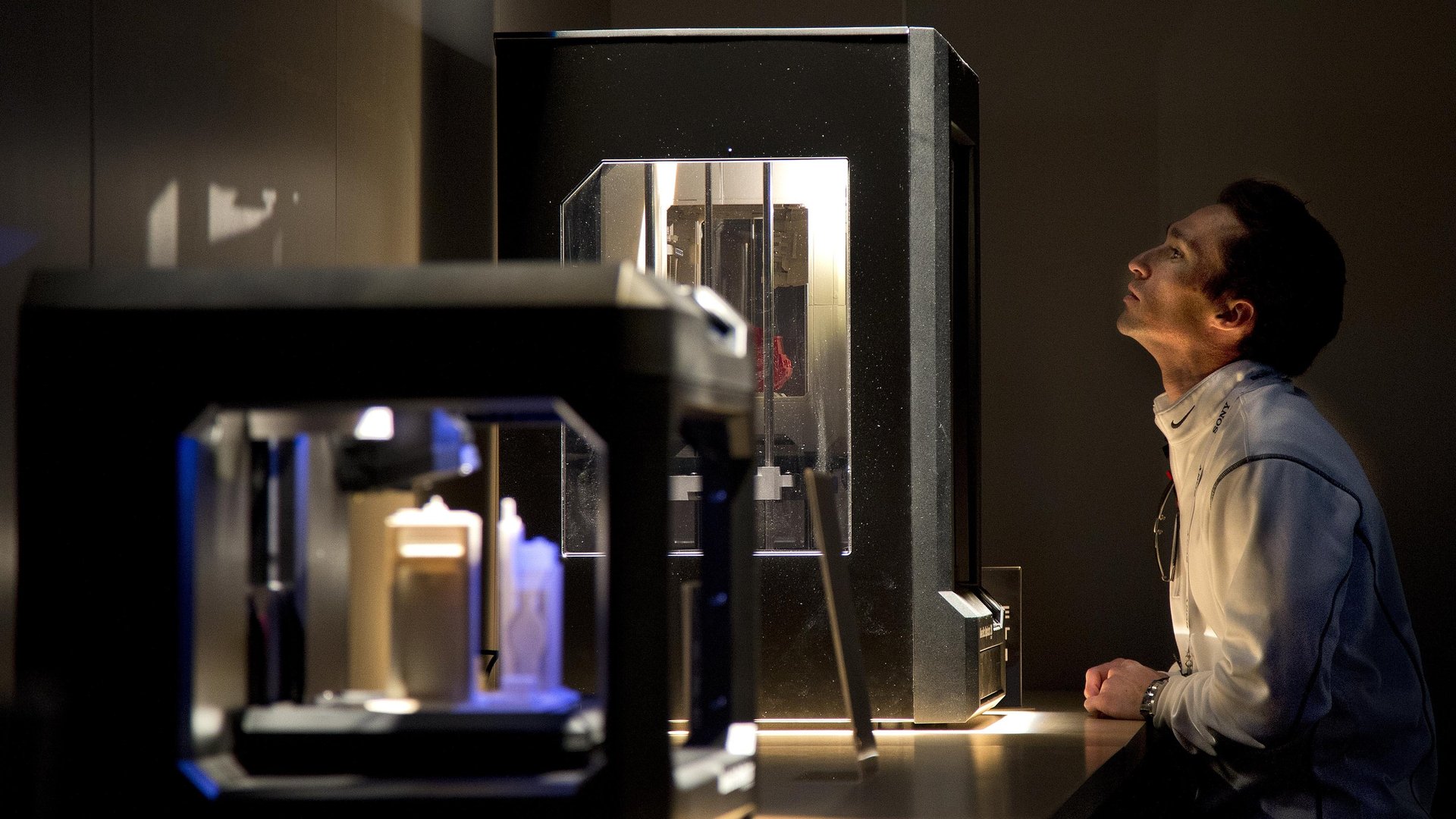The CEO of former 3D-printing darling MakerBot has resigned
MakerBot CEO Jonathan Jaglom, who tried to pivot the company away from an unsuccessful push into consumer 3D-printing, has resigned after two years in charge, the company announced today.


MakerBot CEO Jonathan Jaglom, who tried to pivot the company away from an unsuccessful push into consumer 3D-printing, has resigned after two years in charge, the company announced today.
Just a few years ago, MakerBot was one of the highest-profile examples of the burgeoning 3D-printing market; it was even touted as the “Apple” of the industry, due to its clean design, high prices, and proprietary retail outlets. In 2013, arguably the height of that optimism, the company was purchased by industrial 3D-printing firm Stratasys for more than $600 million. (Given the multiple write-downs of MakerBot’s value since its acquisition, some have argued that Stratasys vastly overpaid for the Brooklyn-based company.)
MakerBot founder Bre Pettis stepped down as CEO a few months after the acquisition; he left Stratasys altogether in June 2015. Interim CEO Jenny Lawton took over for less than a year, and in February 2015, Jaglom—at the time general manager of Stratasys Asia Pacific Japan, and son of the chairman of the board—was installed as MakerBot’s new chief.
During his tenure, Jaglom instituted multiple rounds of layoffs, including everyone that actually built MakerBot’s printers in Brooklyn. (They’re now built by a company in China.) He also shuttered all of the company’s retail stores.
All of this was part of a broader strategy of Jaglom’s, to pursue new markets like education and professional services as it became clear the average consumer wasn’t going to buy a $1,000 personal 3D printer. The dream of a Jetsons-like box that could produce whatever you want at the push of a button was a far cry from the reality: loud, complicated machines capable of slowly printing out small plastic trinkets.
Jaglom, who MakerBot says is looking to spend more time with his family back in Israel, will be replaced by the company’s president, Nadav Goshen. “I’m excited to continue working towards our vision of putting a desktop 3D printer in every classroom and on the desk of every designer and engineer,” Goshen said in a statement.